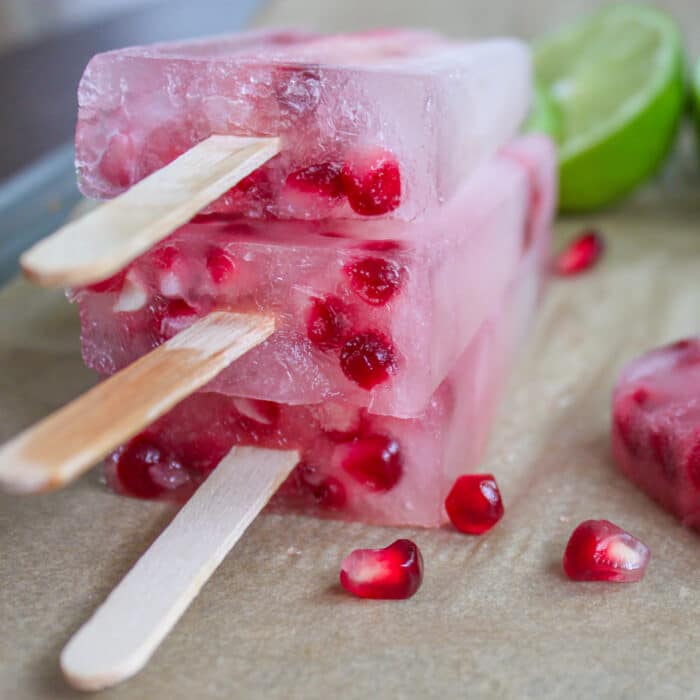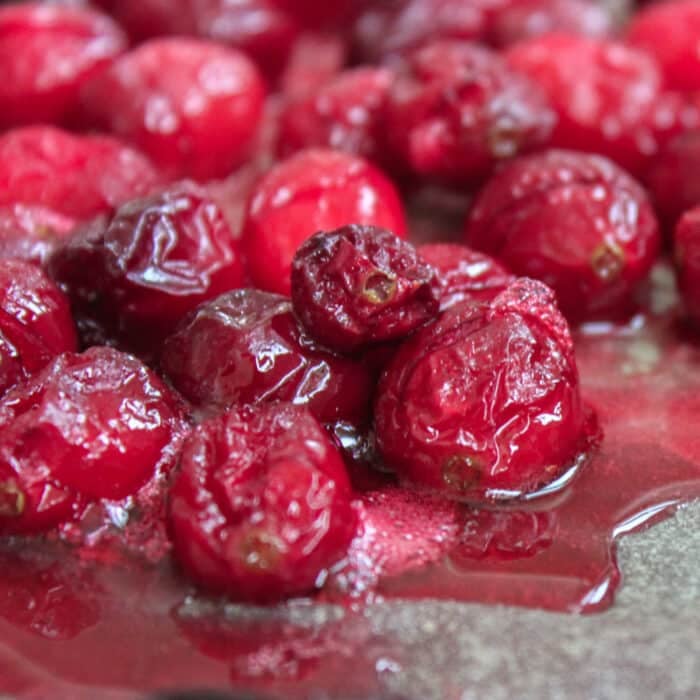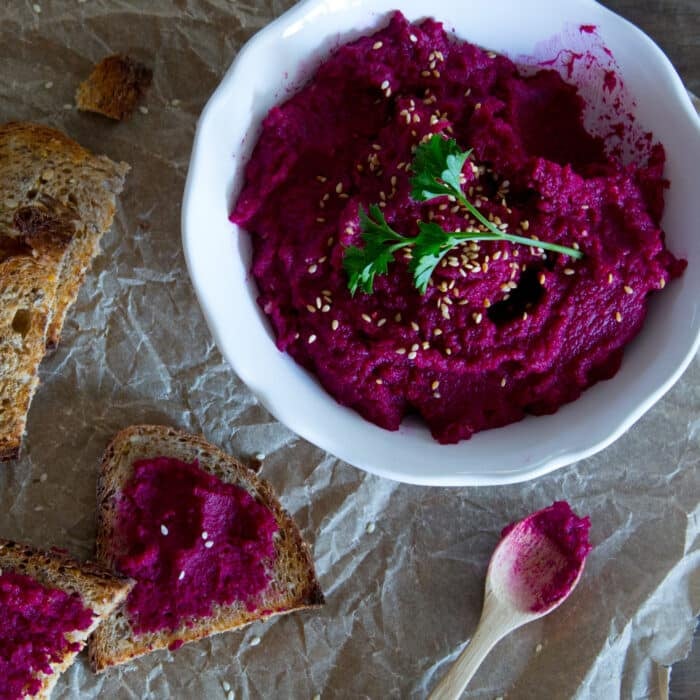With it’s recent popularity, you’d think that kale is something Lady Gaga invented. Hardly. This tasty and healthy green has been around for quite some time.
It was one of the most common vegetables in all of Europe during the Middle Ages. During World War II, its cultivation was encouraged. The leafy green is easy to grow and it provided important nutrients for those rationing. Kale is hella old school.
Though, buying kale isn’t the easiest thing to do. The leaf colors range from light green to violet-green; some are even violet-brown. So how do you tell if it is spoiled? Listed below are some quick tips on buying, storing and prepping kale.
How to Buy Kale
Kale is not only super healthy, it is also super tasty. Well, that is if you pick out the right bunch. Using these quick tips, you can have the freshest and healthiest kale out there.
Organic
First off, always buy organic kale. Last year, kale was added to the Environmental Working Group’s Dirty Dozen. The Dirty Dozen is produce with the highest amount of pesticide residue. For example, last year they found a single grape tested positive for 15 pesticides! So buy it organically. If you cannot find it organically, buy an avocado instead.
Also, only buy kale in the supermarket if it is stored in a refrigerated section. Kale tends to get more bitter the longer it is exposed to room temperature air. Of course, the farmers market is fine.
The leaves should be firm and deeply colored with stems that are moist and strong. Make sure that the leaves are not browning or yellowing, and they are free from large holes. If the raw leaves show signs of wilting, it is an indication that the greens have been sitting on the shelf for too long, or they were not properly stored
How to Store Kale
First things first, DO NOT under any circumstance wash your kale before storing it. I see this a lot on many different websites and it s a no-no. Kale is super fragile, despite its heartiness. And because of all the grooves some varieties have, it’s nearly impossible to get it dry enough. So just don’t bother. Washing it before storage will only increase spoilage.
Only wash your kale right before using it.
Fresh for Weeks
Now, you want to store kale in the refrigerator (duh!) but in the coldest part of the fridge. Kale tends to get more and more bitter the longer it is left at room temperature, so keep it cool, sucka’!
I tightly wrap my kale in a paper towel and then place in an air-tight bag. Now, since kale bunches tend to be rather large, that is not always possible. Just get the bag as air-tight as you can.
Enemies
Also, do not de-stem it. Kale is very sensitive. You only want to cut it and wash it prior to use (have I said that enough yet). It is also sensitive to other produce. kale is very sensitive to ethylene, formed naturally from certain other produce, so store it away from those items.
Here are some fruits and veggies that you should not store near your kale:
- Apples
- Apricots
- Avocados
- Bananas, unripe
- Cantaloupe
- Figs
- Honeydew
- Nectarines
- Peaches
- Pears
- Plums
- Tomatoes
How to De-Stem Kale
There are quite a few ways to de-stem kale. But most of what I have seen people do wastes a lot of it. And who wants that?
Kale is super tasty and super healthy! Let’s get as much of that green leafy goodness off the stalk as possible, and as quickly as we can too, right?





